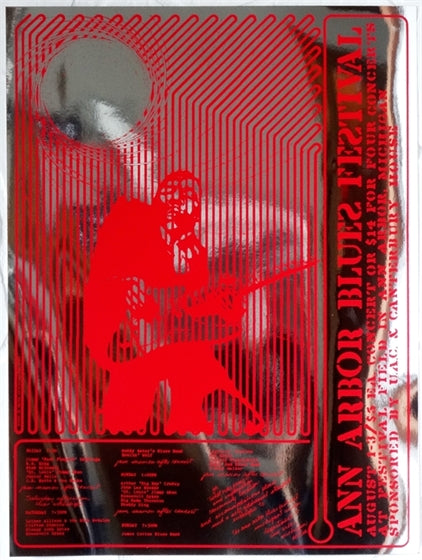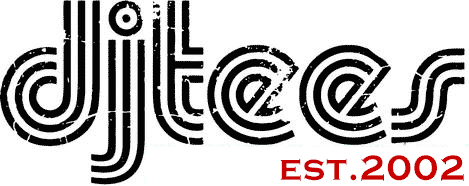Your Cart is empty
Subtotal£0.00
Your order details
Your Cart is empty

Though not as widely celebrated as other music festivals of its era, the 1969 Ann Arbor Blues Festival is hailed by many blues purists, acolytes and ardent fans as being just as significant as Woodstock. Held on Fri Aug 01, 1969 - Sun Aug 03, 1969 at the University of Michigan
It was the first North American blues festival, where blues was the main attraction, particularly modern electric blues. Musicians at the festival included Clifton Chenier, Son House, J. B. Hutto, B.B. King, Freddie King, Magic Sam, Sam Lay, Jimmy "Fast Fingers" Dawkins, Otis Rush, Charlie Musselwhite, Roosevelt Sykes, Muddy Waters, T-Bone Walker, Big Mama Thornton, Junior Wells, and Howlin' Wolf. An album containing various performances was released in 2019.
The Ann Arbor Blues Festival was created and organized by a group of University of Michigan students led by Cary Gordon, a native of suburban Detroit, and John Fishel, who grew up in Cleveland and had transferred to Michigan from Tulane University. The festival was sponsored first by the university with help later from the Canterbury House, an Episcopal group which owned a folk club in Ann Arbor.
To educate themselves more about the blues, Fishel and other students took a field trip to Chicago. They met Bob Koester, owner of the Jazz Record Mart and Delmark Records, a blues record label in the basement of his record store. Koester directed them to bars and clubs where they could hear blues musicians, in addition to giving them names, addresses, and phone numbers. Back at school, the blues committee wanted to promote the upcoming festival with a rehearsal concert to introduce students to the blues. The Luther Allison Trio performed at the Michigan Union Ballroom in the spring before the festival was to take place.
I love the idea that a university had a blues committee. This is an important show and is a good illustration of how universities played an important role in the history of music in the USA. So often they were the place where the leading edge of the progressive and hippies movements found a place to play.
This show, along with high profile shows at the Fillmore’s West & East, seems to have played an important part in how the blues broke out of its core black audience and gained mass appeal. Bonnie Raitt has spoken of it as the blues Woodstock which really put gas under the commercial growth of blues music and opened it up to people who had never seen or heard of such artists before.
It led to a regular Ann Arbor Blues and Jazz Festival in the 70s and intermittently ever since.
We will send you an email to reset your password.

